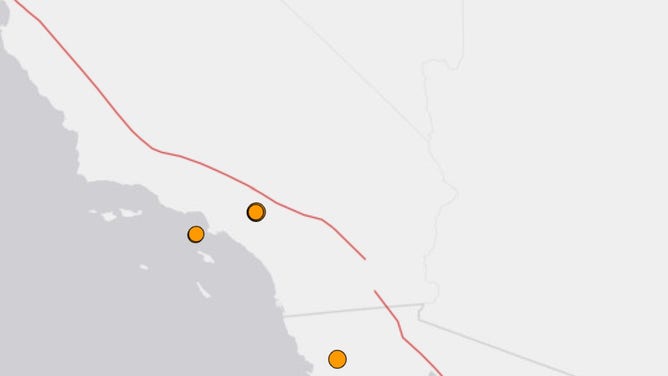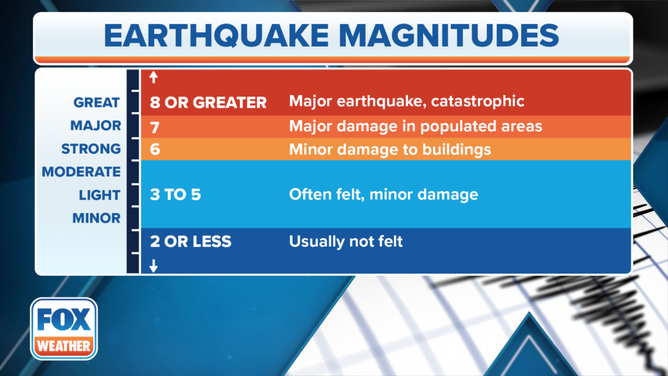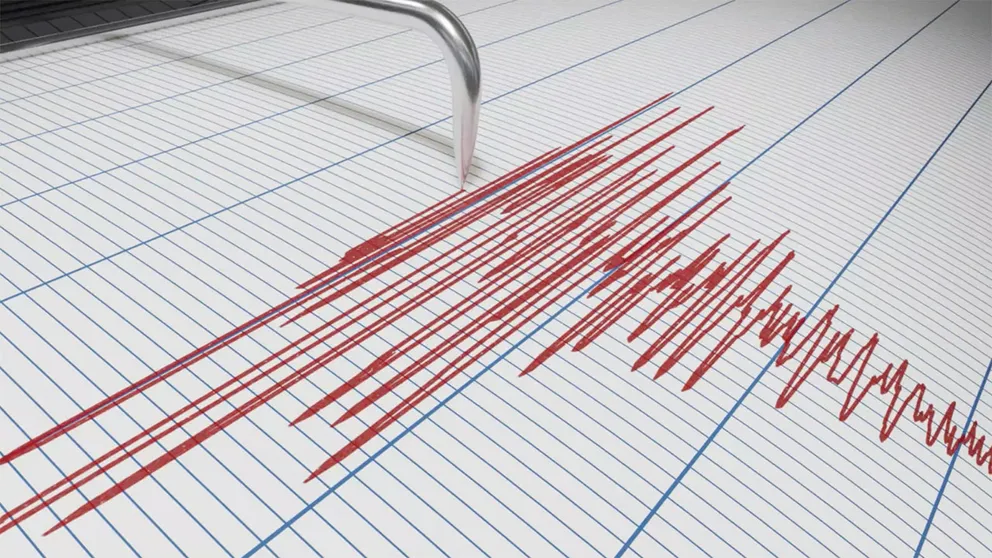No, California’s extreme heat did not cause a series of earthquakes
According to the U.S. Geological Survey, cold, hot or even rainy weather does not trigger earthquakes. Most of California's shaking is caused by the movement of tectonic plates along faults.
Why earthquakes are felt differently in the US
While you may think quakes are a western US problem, some of the largest temblors in US history have happened in the East.
LOS ANGELES – A series of earthquakes in Southern California occurred on Saturday, but despite some beliefs that the warm temperatures might have contributed to the seismic activity, there is no evidence to support the notion.
The earthquakes were centered about 35 miles east of Los Angeles, near the town of Ontario, with the greatest being a magnitude-3.9.
Shaking was reportedly felt in Los Angeles and other communities in Orange and San Diego counties, but no damage was reported in the immediate aftermath of the shaking.
The United States Geological Survey said due to the quake’s potential, a ShakeAlert did go out to cellphones and other devices alerting residents and visitors to the event in the moments before the shaking was felt.
A typical alert message states, 'Earthquake detected! Drop, cover, hold on. Protect yourself.' The alert is meant to reduce the potential for injuries and loss of life during significant events.

California seismic map from Sept. 7, 2024
(FOX Weather)
For years, geologists have associated quakes in the region with what is known as the "Fontana Trend," which isn’t too far away from the San Andreas Fault.
Generally, earthquakes in the region are weak, with all occurrences falling in the minor category of below a magnitude-4.0.
The earthquakes occurred at the same time that much of California and the West was experiencing a heat dome, which led some people to wonder if the record heat could be to blame.
More than 25 million residents were under heat alerts that stretched from the country's southern border through Washington and Idaho.
But according to the USGS, this type of daily weather extreme does not promote increased seismic activity.
"There is no such thing as ‘earthquake weather’. Statistically, there is approximately an equal distribution of earthquakes in cold weather, hot weather, rainy weather, etc.," the USGS previously stated.

(FOX WEATHER)
WATCH: SHOCKWAVE FROM TONGA VOLCANIC ERUPTION CROSSES US NEARLY 6,000 MILES AWAY
The Southern California quakes were not the only seismic events recorded in the state. Earlier in the day, a 4.3-magnitude quake occurred north of the Bay Area, and a 2.7-magnitude event occurred near Lake Tahoe.
On average, the state experiences more than a dozen small quakes in a day, but nearly all are only detected by seismographs and rarely felt.
Seismologists say that significant events that cause property damage only happen two or three times a year.
The state’s largest earthquake on record is the 1906 San Francisco quake, which was estimated to have a magnitude of a 7.9 and was caused by shifting along the San Andreas Fault.

Earthquake scale
(FOX Weather)
